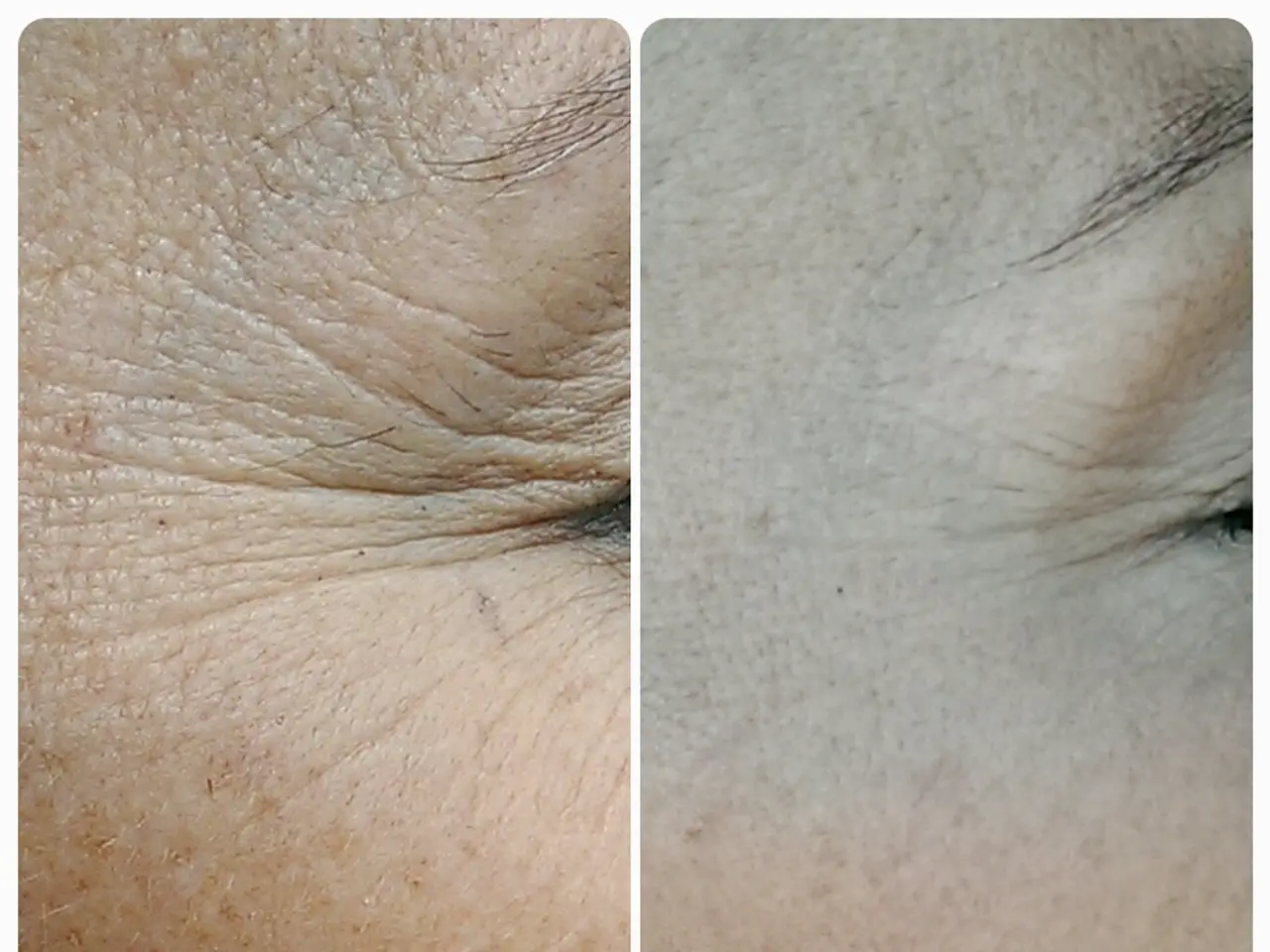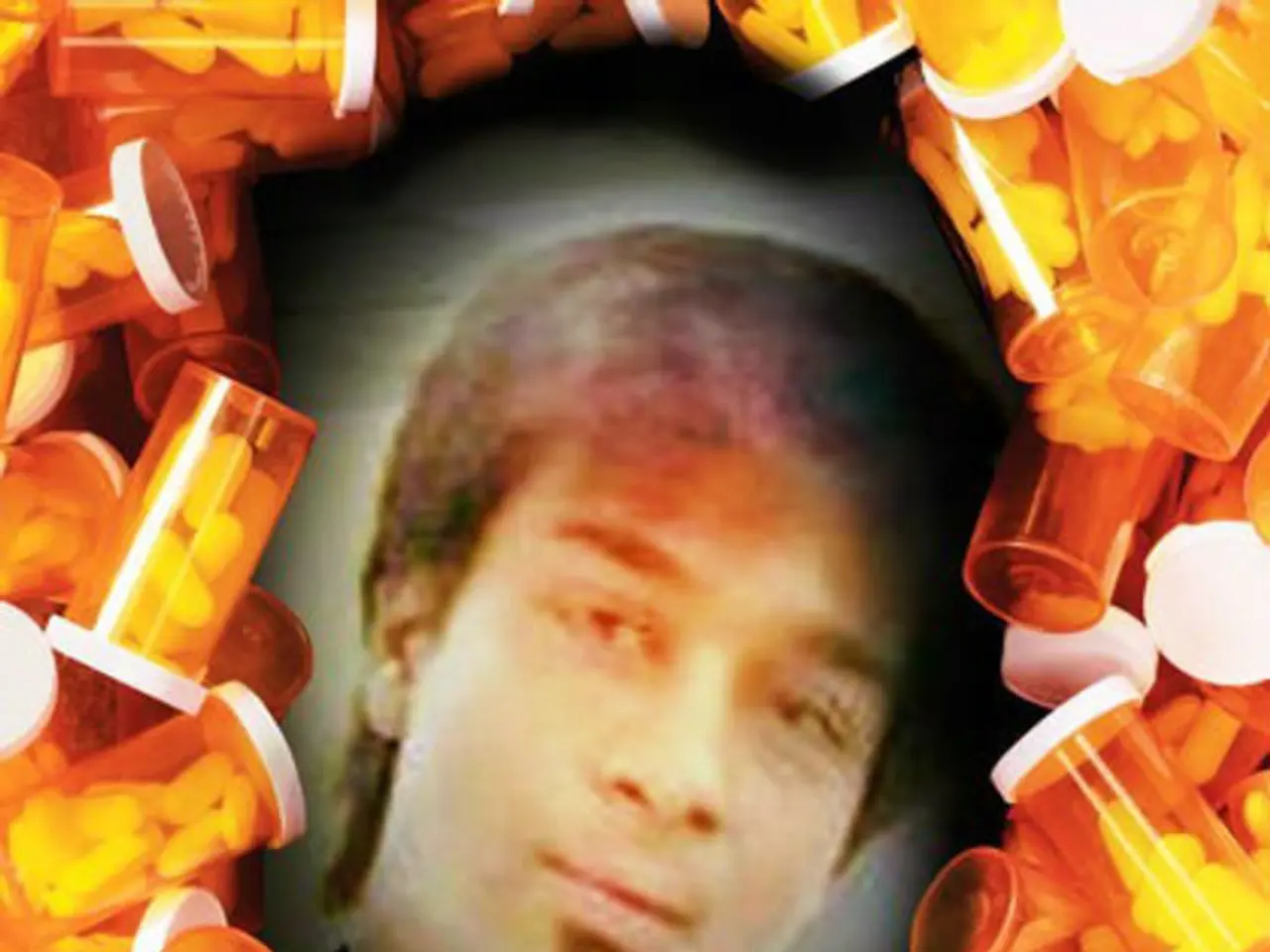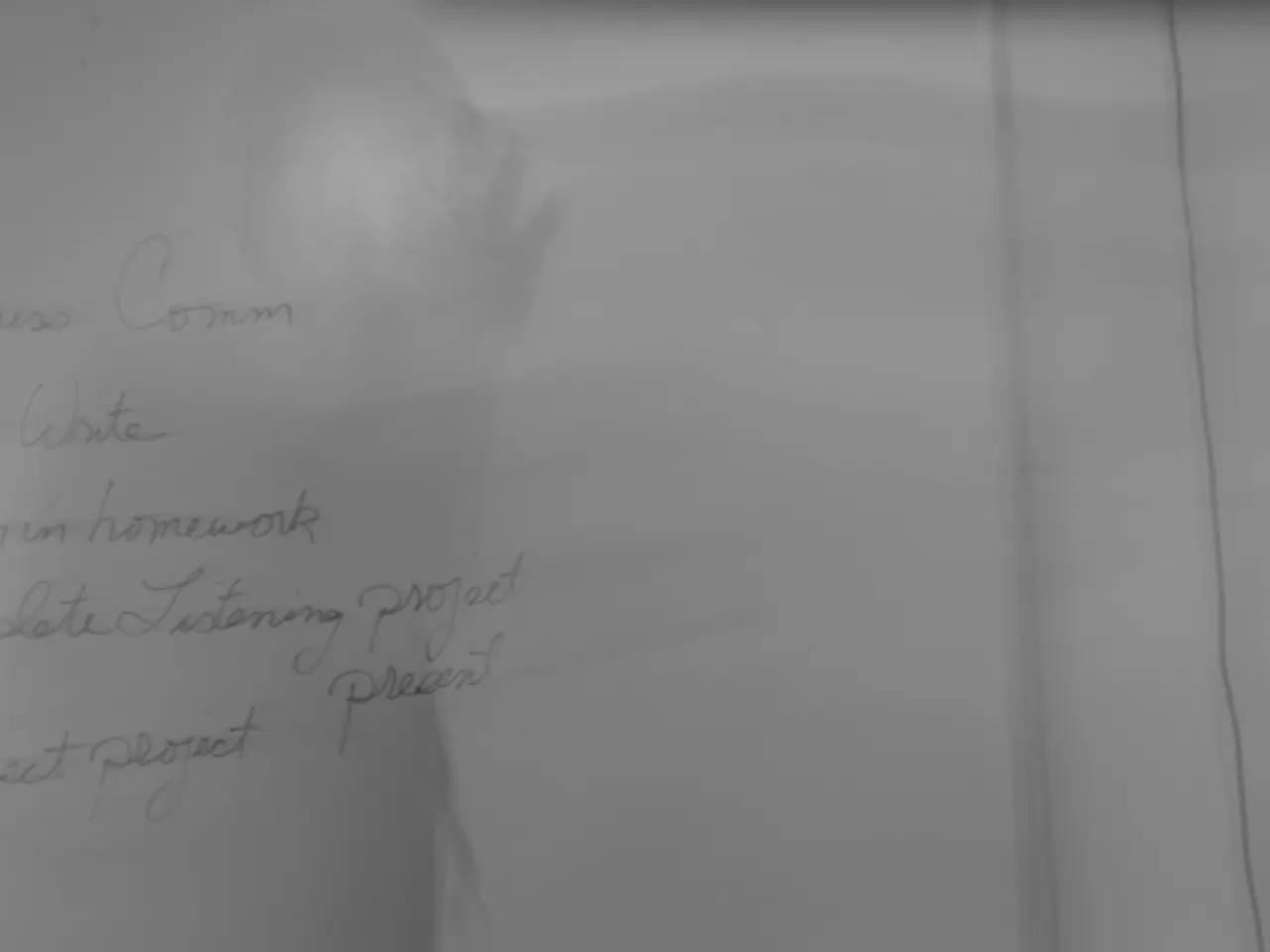Pimple Discharge: An Overview and Treatment Guidelines
In a world where acne affects millions, understanding the various treatments for pus-filled pimples can be a game-changer. Pustules, acne cysts, and acne nodules are the types of pimples that contain pus, and prompt treatment can help prevent further breakouts and reduce the risk of scarring.
Pustules, small red bumps that may be sore and have a lighter center due to the buildup of pus, can be treated with over-the-counter topical medications such as benzoyl peroxide or salicylic acid. For persistent or severe pustules, dermatologists may prescribe topical or oral antibiotics to target infection. Chemical peels and light or laser therapy can also help reduce bacteria and inflammation.
Acne cysts, the largest kind of pus-filled pimple and the most likely to cause scarring, require more aggressive treatment. Oral isotretinoin (Accutane) is often recommended due to its ability to reduce oil gland size, sebum production, and prevent clogged pores. Intralesional steroid injections and manual drainage by a dermatologist can also provide relief.
Acne nodules, solid, inflamed lumps beneath the skin surface, are treated similarly to acne cysts, with oral isotretinoin for severe nodular acne to reduce inflammation and oil production. Intralesional steroid injections help shrink large nodules, while combination therapies with topical retinoids, benzoyl peroxide, and antibiotics help manage underlying bacterial infection and follicular clogging.
Common medications and approaches across these types include topical retinoids, benzoyl peroxide, oral and topical antibiotics, chemical peels, laser and light therapies, and steroid injections. It is crucial to remember that these treatments should always be supervised by a dermatologist to optimize outcomes and prevent scarring or complications.
Regular, gentle skin care is one of the best ways to keep pimples at bay. This includes washing the face twice a day and after activities that cause sweating, washing the hair regularly or daily if it is oily, using gentle, non-abrasive, and alcohol-free products, washing the body and face by hand, using lukewarm water, keeping the hands away from the face as much as possible, avoiding touching it with unwashed hands, wearing loose fitting clothing that breathes, using oil-free hair and skin products, limiting exposure to the sun, finding positive ways to lower stress, getting enough sleep, eating a healthful, well-balanced diet, and refraining from using tanning beds.
If pus-filled pimples are having an adverse effect on an individual's self-esteem, social life, and willingness to go outside, it is important to seek help from a doctor. Approximately 40-50 million people in the United States have acne, making it the country's most common skin condition.
In conclusion, while it can take time to see an improvement from home remedies, a variety of effective treatments for pus-filled pimples exist. It is crucial to maintain good skin care and seek professional help when necessary to ensure the best possible outcomes.
- Dealing with persistent or severe pustules might necessitate dermatologists prescribing predictive treatments like topical or oral antibiotics to combat infection.
- Acne cysts, which can cause scarring and affect self-esteem, may require medical-condition treatments such as oral isotretinoin (Accutane) to reduce oil gland size, sebum production, and prevent clogged pores.
- A healthy approach to skin-care, encompassing gentle cleaning, regular hair washing, and avoidance of UV exposure, can help lower the risk of acne and scarring.
- For individuals experiencing depression due to the impact of pus-filled pimples on their self-esteem, social life, and willingness to go out, seeking help from a doctor and exploring options like CBD-based product solutions might be beneficial for their health-and-wellness.




